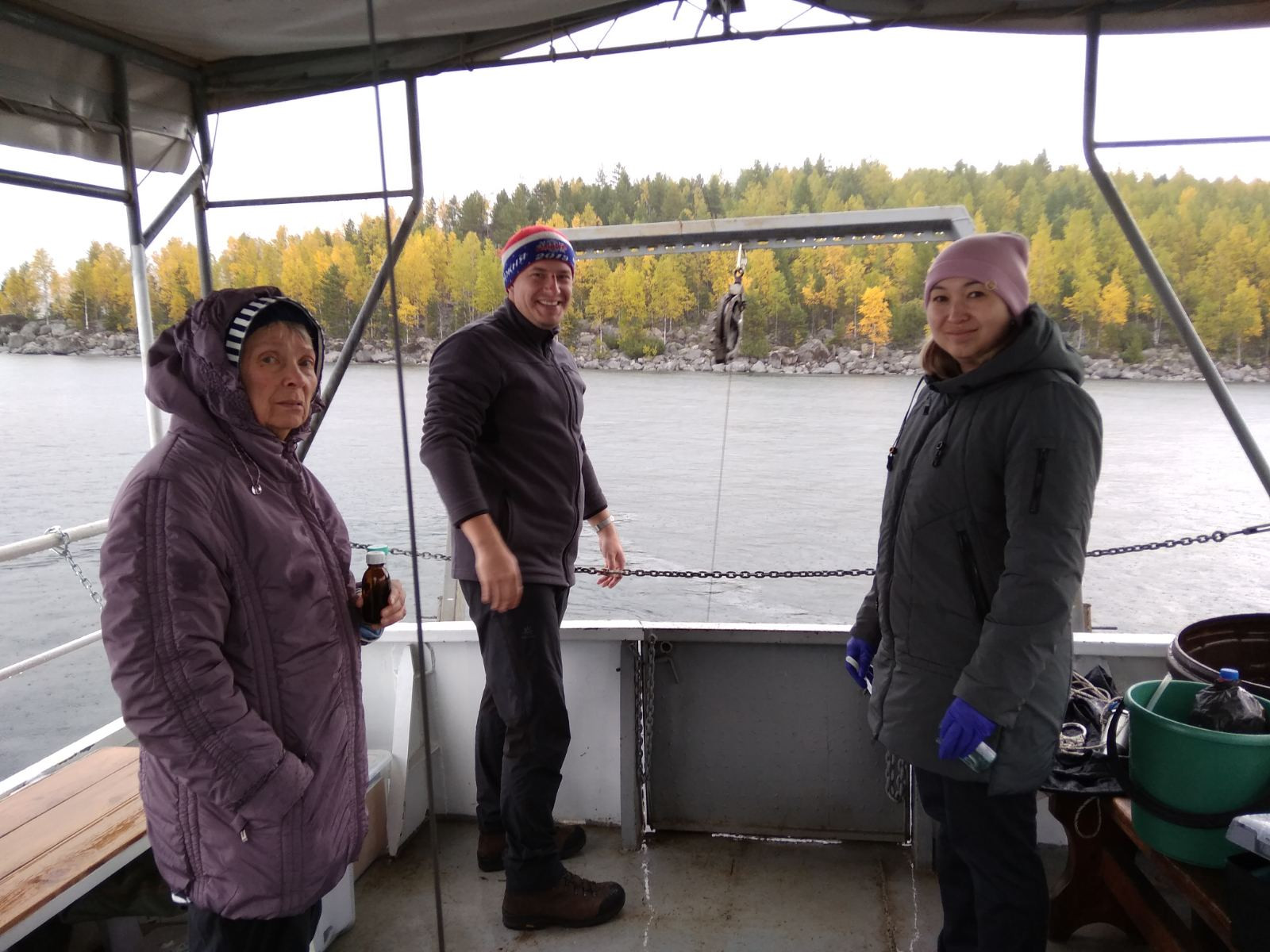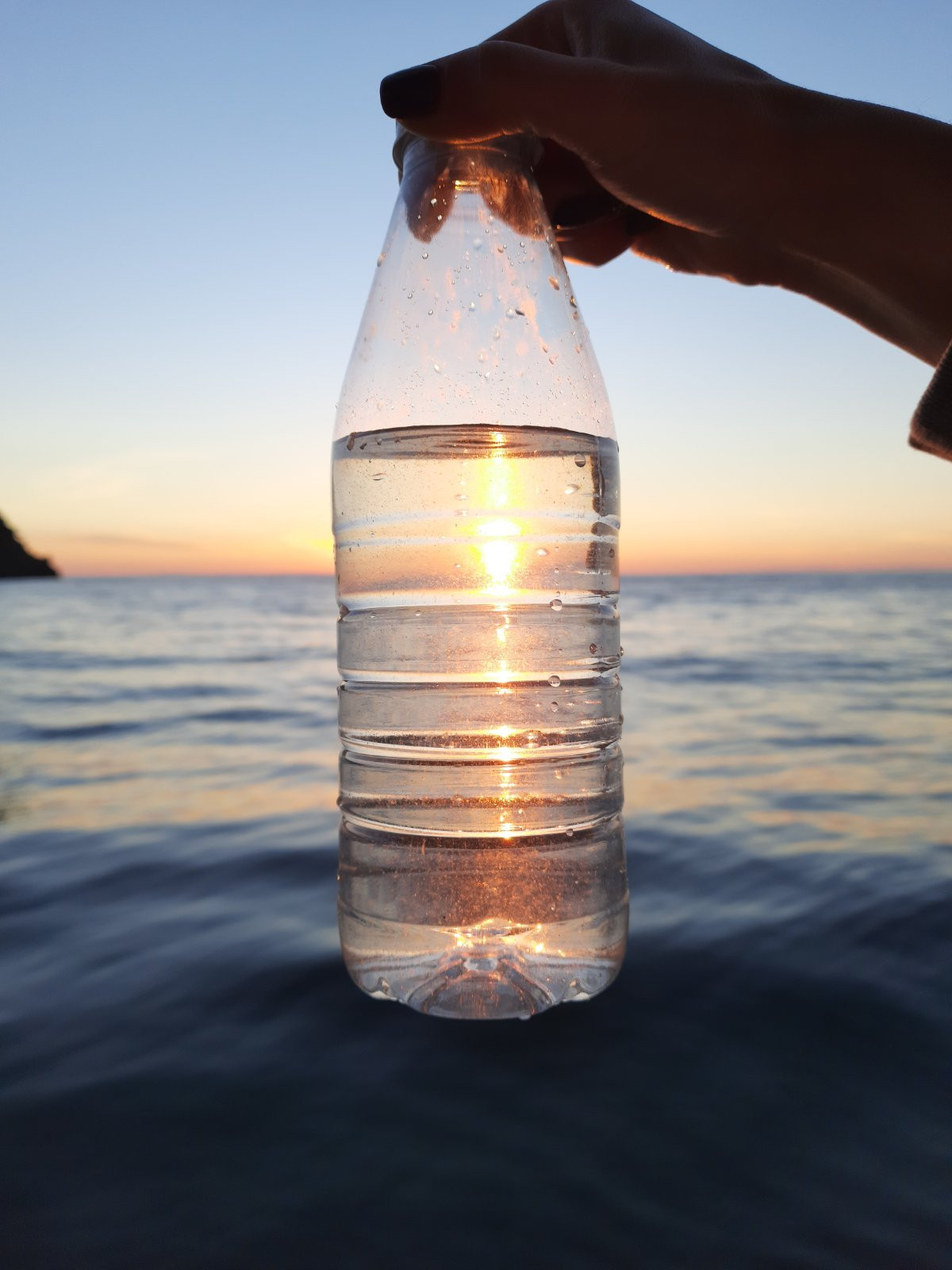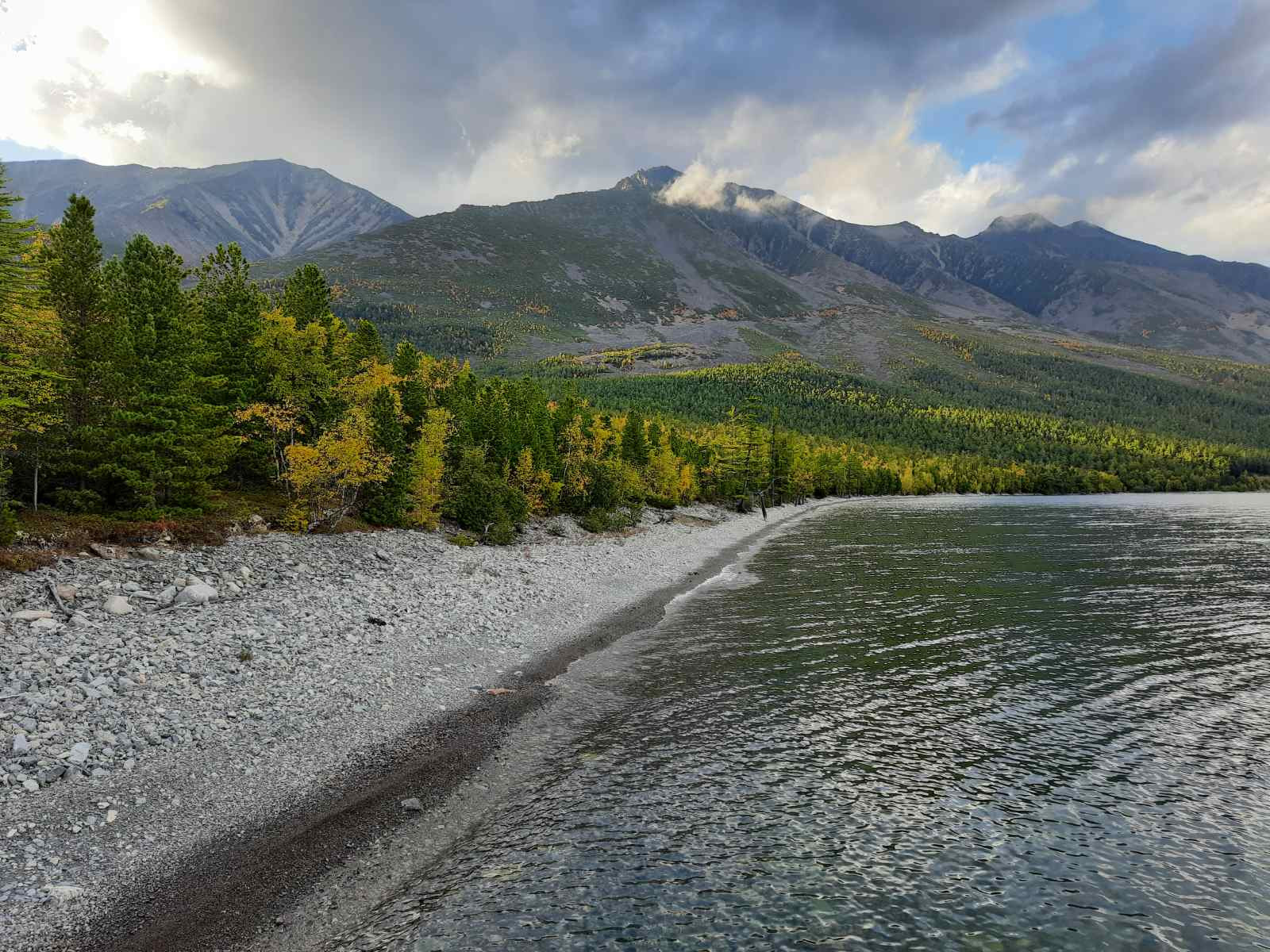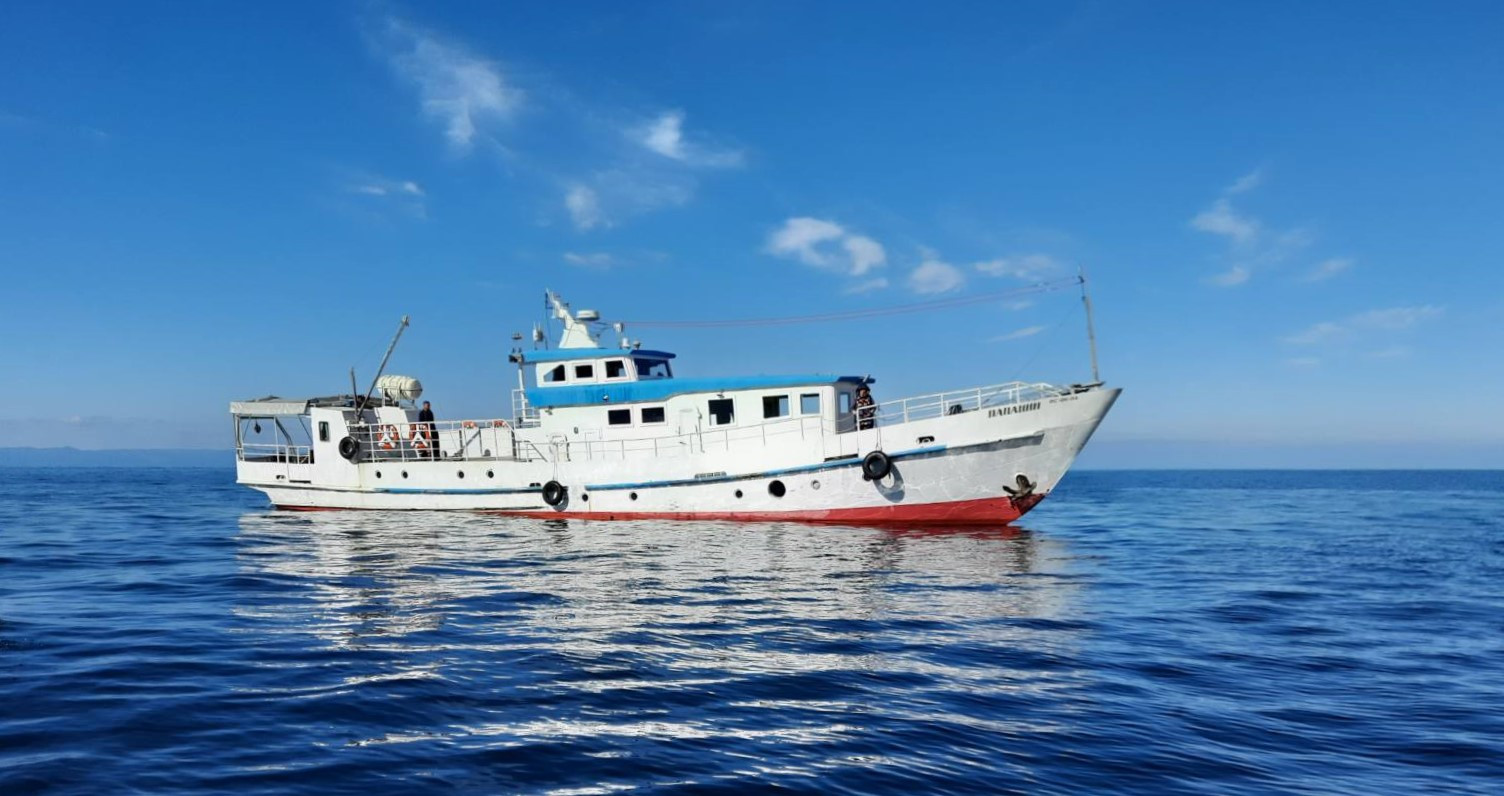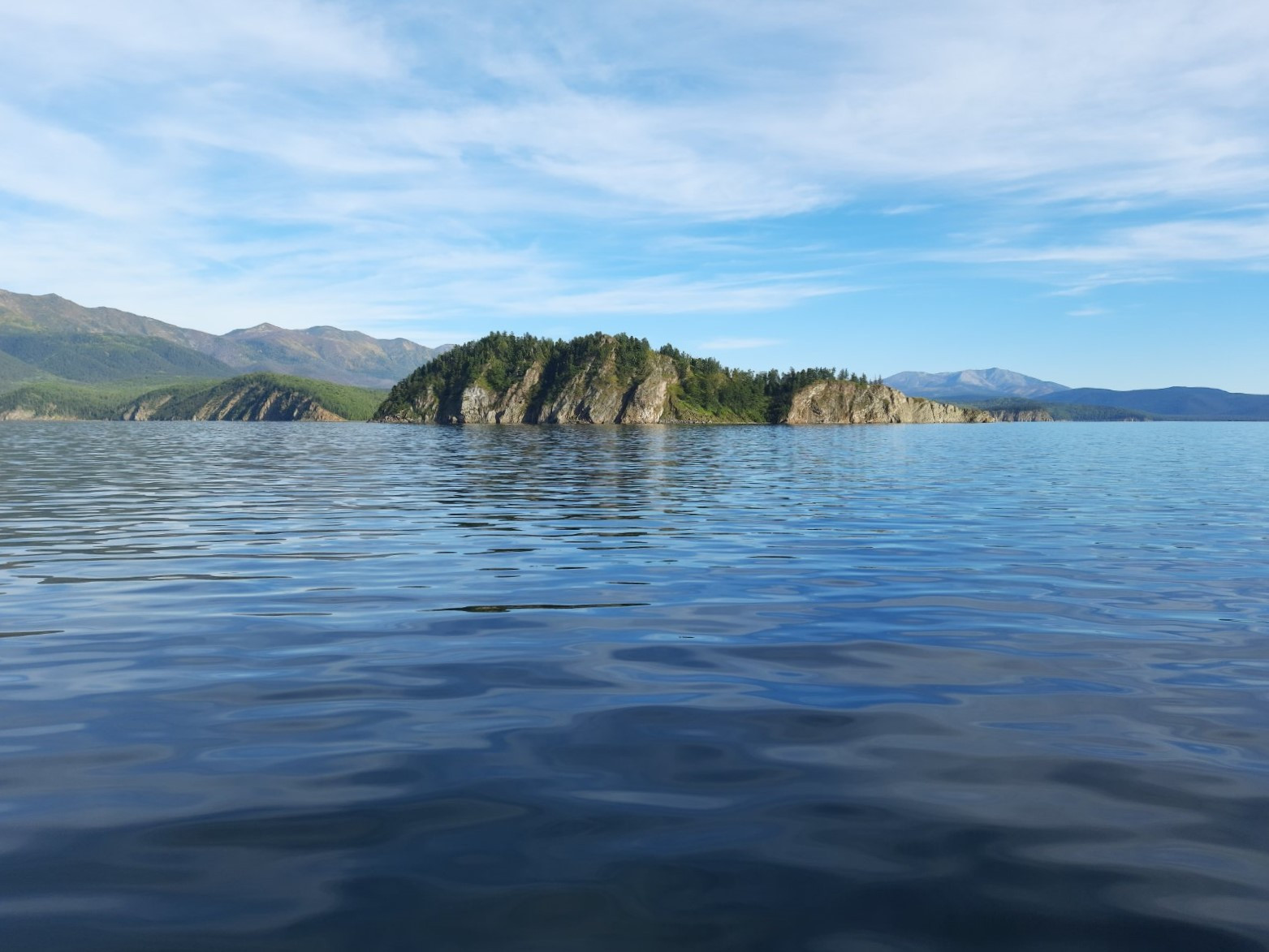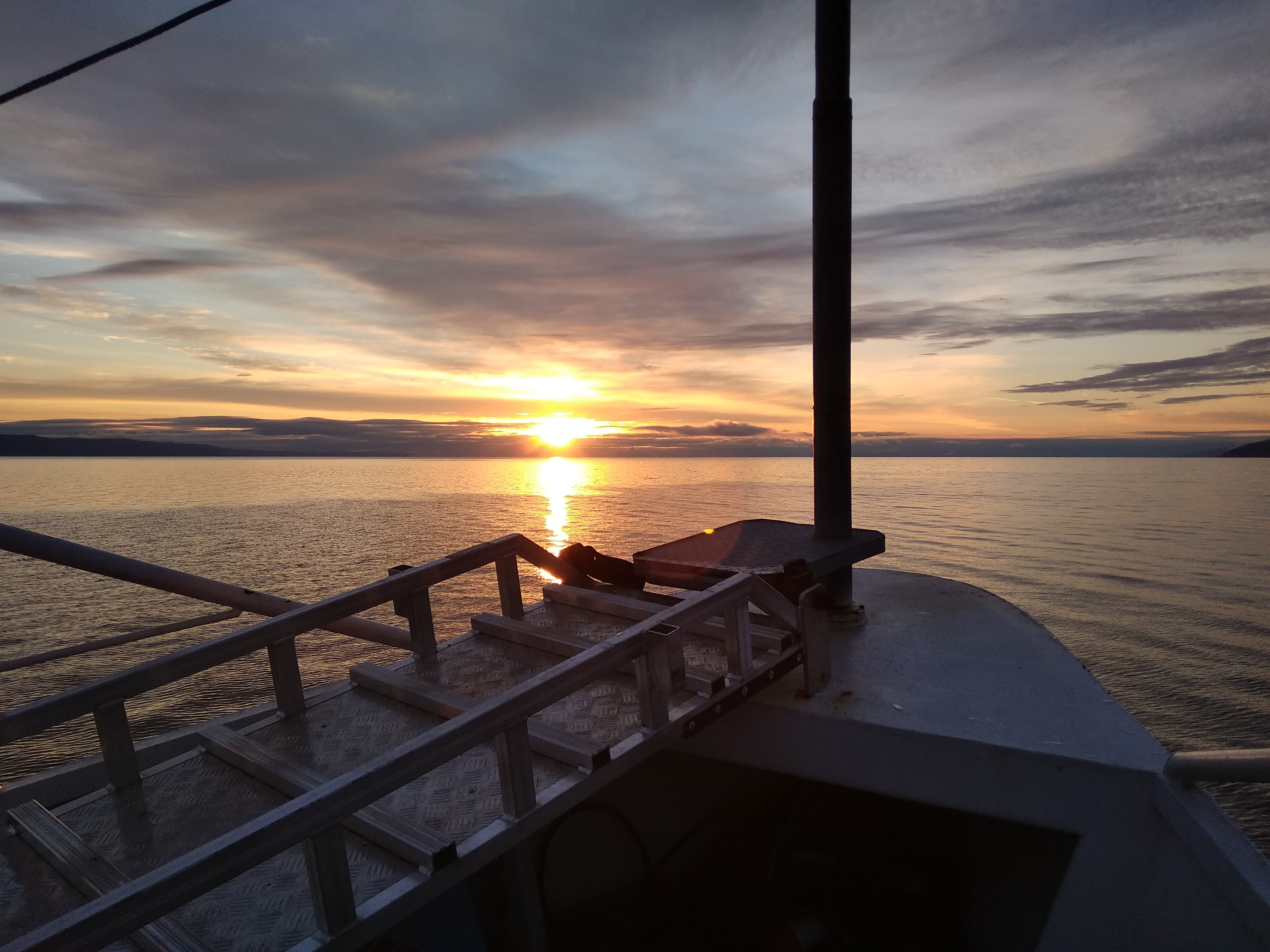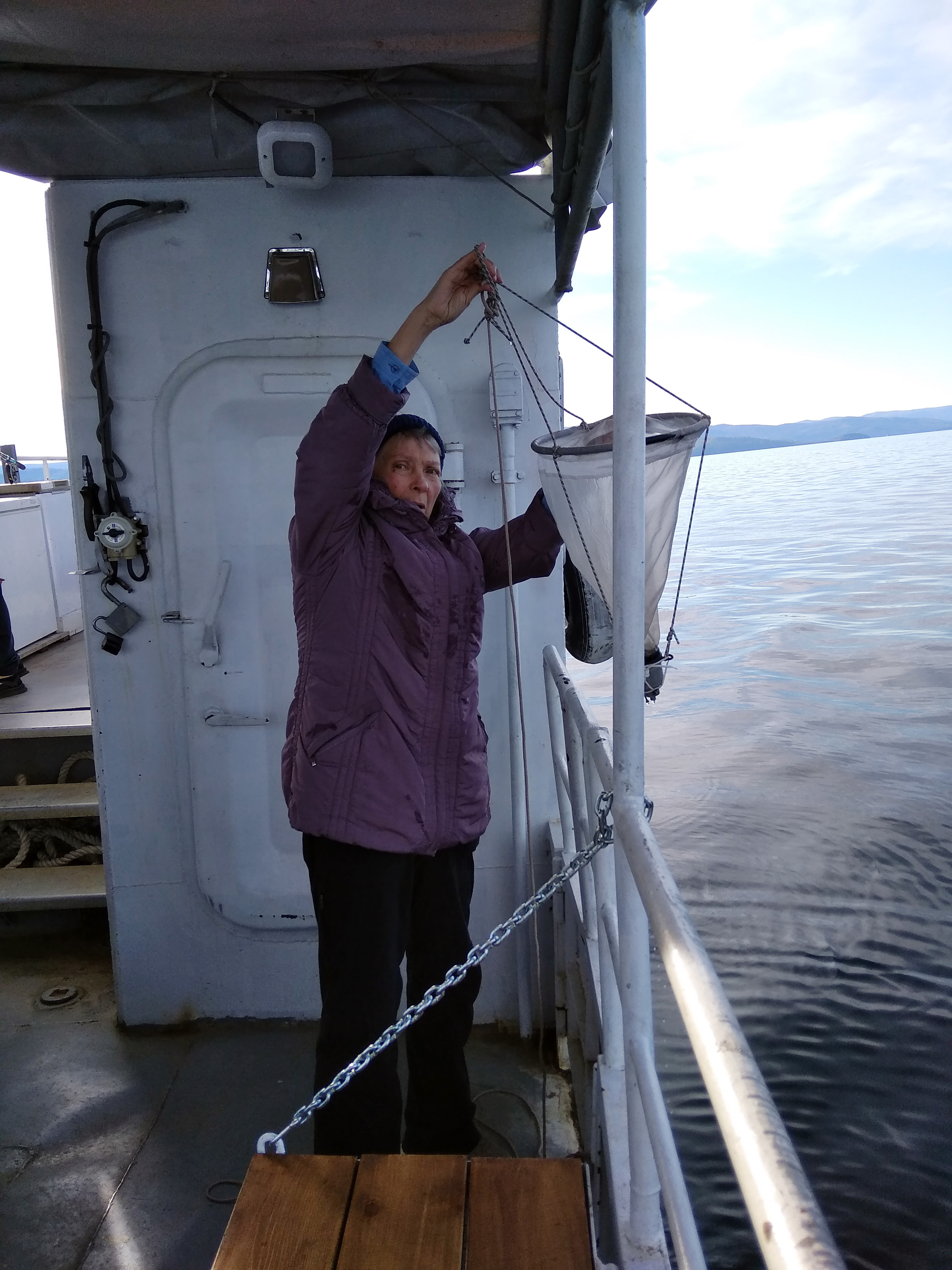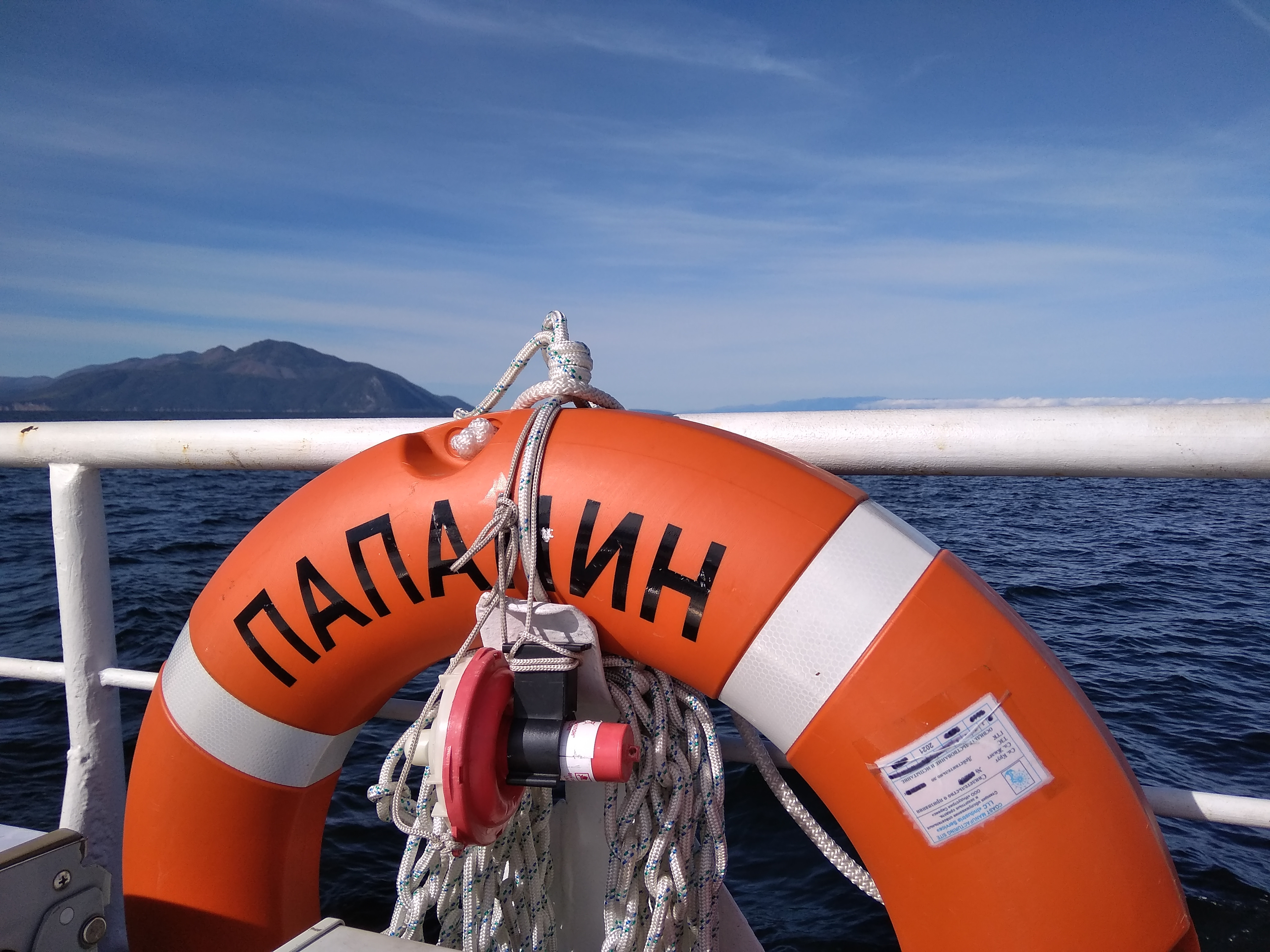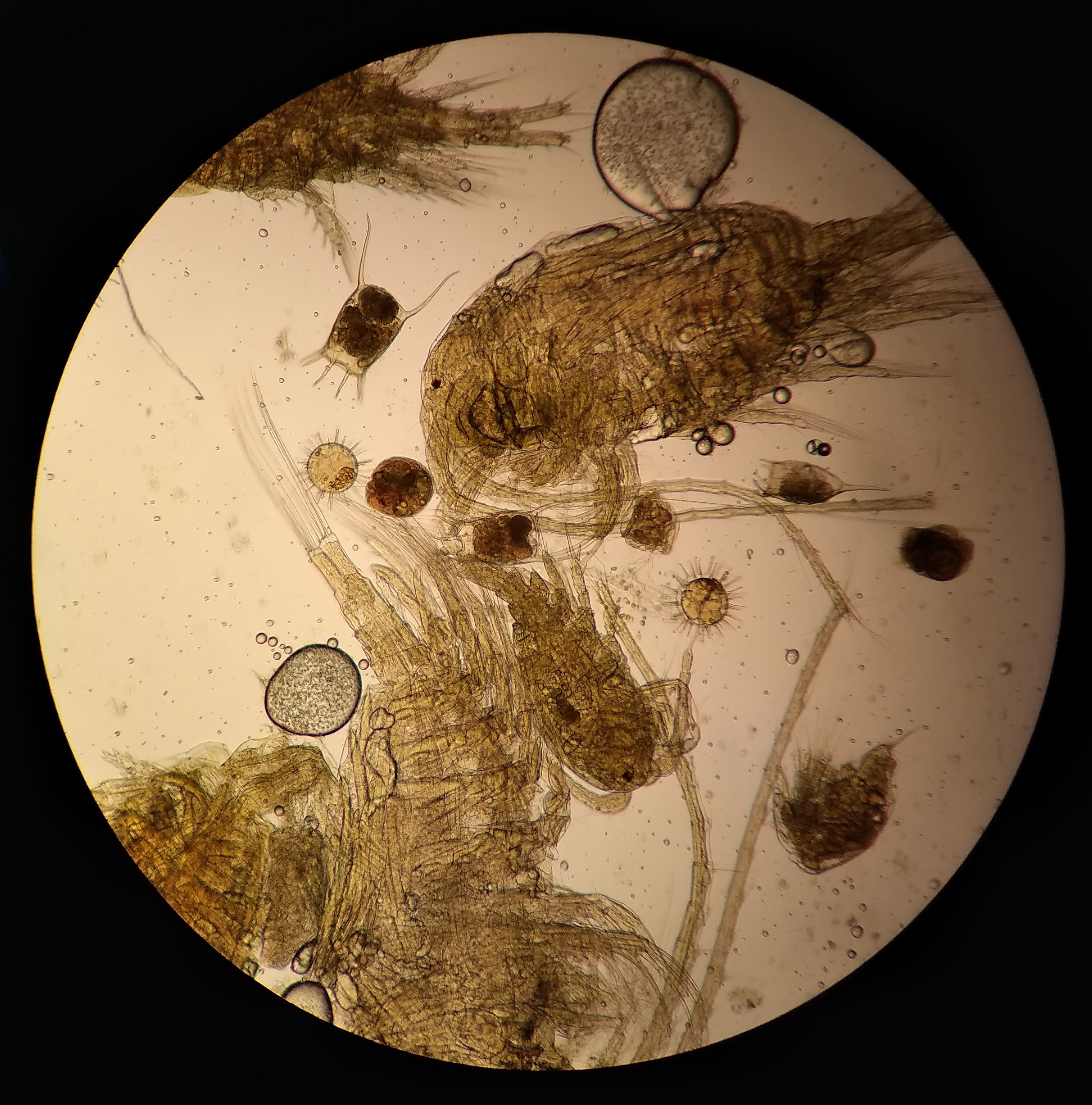Expedition on board the RV “Papanin” from 10 to 20 September 2021
The expedition within the framework of the programmes “Study of seasonal and long-term transformations of the state of water bodies and watercourses in East Siberia in the context of climate change, geological environment and anthropogenic loads” and “Study of the role of atmospheric deposition on the aquatic and terrestrial ecosystems of the Lake Baikal basin, identification of sources of atmospheric pollution” was carried out from 10 to 20 September 2021 on board the RV “Papanin” to study the ecological condition of the coastal zone of Lake Baikal.
The aim of the expedition was to study hydrochemical parameters of the shallow zone, the distribution of phyto- and zooplankton as well as of new-generation pollutants. The average sampling interval along the Baikal perimeter was every 30-50 km.
Fifty zooplankton samples were taken with the Juday net from depths of down to 45 m followed by fixation for morphological and molecular genetic analyses. Among the dominant species in the zooplankton of the coastal zone of Lake Baikal, there were copepods (Epishura baicalensis and Cyclops kolensis), year-round rotifers (Filinia terminalis, Keratella cochlearis and K.quadrata), summer rotifers (Synchaeta grandis), and cladocera (Daphnia sp. and Bosmina longirostris).
Phytoplankton was sampled at 53 stations (70 samples). The species of the summer and autumn complex represented the mass composition of algae in the autumn phytoplankton from the coastal zone. Diatoms such as Asteriomella formosa, Fragilaria crotonensis, Aulocoseira granulate, and Synedra acus, as well as the Ceratium hirundinella dinophytes, were detected in significant amounts in the collected phytoplankton. Among cyanobacteria, Anabaena lemmermannii was present almost throughout the lakeshore. Like cyanobacteria, chrysophytes were rather common and substantial in amount. These are species of the genus Dinobryon: D. sociale, D. divergens, D. cilindricum, and D. bavaricum. Weather conditions (wind and waves) contributed to the appearance of filamentous algae (including spirogyra) in the water column at some stations in the southern and northern basins of the lake both along the east and west coasts. The members of the Baikal complex (Cyclotella minuta, C. baicalensis, Aulacoseira islandica, and A. baicalensis) were present in autumn only at some stations. At the stations of the Selenga shallow waters and station Nizhneangarsk, there was a more diverse species composition of algae (due to the influence of rivers).
Seventy samples of the surface water were taken for immediate hydrochemical analysis and fixation with subsequent determination of the ionic composition and the content of nutrients under laboratory conditions. In the course of the expedition, temperature, pH, electrical conductance, and the concentrations of bicarbonates and dissolved oxygen were measured in the water samples. The minimum water temperature was 9.2 °С, which was recorded in Frolikha Bay, and the maximum temperature was 14.2°С in Chivyrkuy Bay. The average temperature was 12.2 °С, which is lower by 1.1 °С than in 2020. The concentration of dissolved oxygen in the surface water layer of Lake Baikal ranged from 9.76 to 11.42 mgO/dm3 and averaged 10.7 mgO/dm3.
Additionally, 138 samples of surface water, including that from the estuaries of the rivers near settlements, were taken for the subsequent laboratory analysis by chromatography and mass spectrometry for the presence of anthropogenic pollutants such as synthetic surfactants, phthalates, aliphatic and aromatic hydrocarbons, polychlorinated biphenyls, parabens, and some medications.






